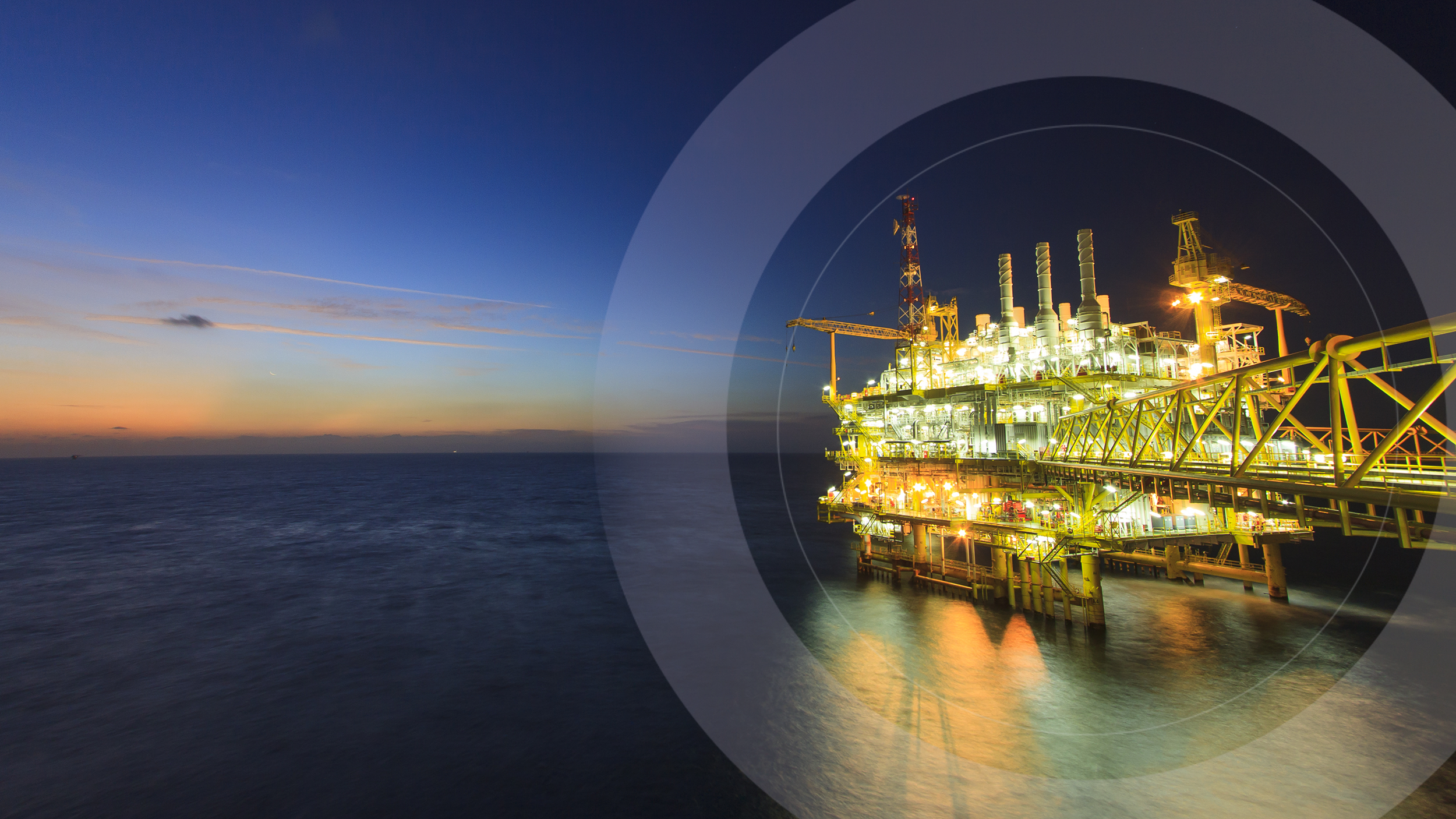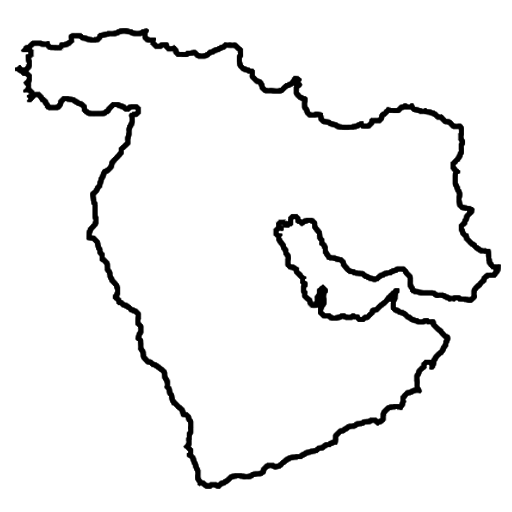 Search
Search
 Search
Search

Operator exceeds efficiency goals with new lubricant
Download PDFDeepwater

Northern Gulf

Reduce friction on deep horizontal well sections
The development team for an operator in the Northern Gulf has a mandate to deliver continuous improvement and minimize risk. One of the current performance limitations is the ability to carry optimized drilling parameters to greater depths and lateral step-out. With a rig fleet of widely differing capabilities in horsepower but similar constraints in terms of well-design, the search was on for a lubricant that would work in conjunction with the approved drilling fluids used in the reservoir sections. The operator wanted to deliver performance in friction reduction, facilitating optimal rotations per minute (RPMs), and weight transfer to the bit in deeper horizontal well sections.
Drilling performance has been impacted using rigs with varying capabilities and increasingly complex well trajectories. Increased torque and drag negatively impacts drilling parameter optimization and reduces efficient weight transfer to the bit in deeper horizontal well sections. Additionally, liners have historically been rotated and/or washed to bottom. Halliburton Baroid engaged with the development team and proposed a solution to reduce friction factors, torque and drag during drilling, and liner running operations. Previous fieldwide trials provided unsatisfactory responses with no appreciable improvement in drilling optimization.
Halliburton conducted a detailed laboratory study to evaluate and screen 11 potential lubricants. The test protocol included lubricant and fluid compatibility to expected contaminants, as well as thermal resilience at expected bottom hole temperatures (BHT) from 250-270°F. BaraLube W-1070 was proposed for the field trial based on its demonstrated resilience to contamination, minimal change to the fluid properties of the salt polymer system at high BHT, and lowest coefficient of friction (CoF) values of the 11 lubricants evaluated.
From these laboratory results, the operator’s development team approved a trial deployment of BaraLube W-1070. The production well had a maximum inclination of 86 degrees with a planned section length of 7,716 feet.
A treatment plan was developed and included in the design of service. 0.5% vol./vol. increments of BaraLube W-1070 were executed through the interval to a maximum of 3% vol./vol. with the last 2,000 feet of section left to drill and where drilling optimization historically starts to falter. Drilling analytics services were planned for this interval to capture data and confirm changes to drilling performance that could be corroborated with lubricant concentration.
The friction factor (FF) overlayed the 0.3 FF trendline from drilling out the 9⅝-in. shoe with salt polymer fluid up to 1.5% vol./vol. BaraLube W-1070 in the active fluid. As the BaraLube W-1070 was increased to 3% vol./vol., the friction factor trended downwards from the 0.3 FF line and aligned with a 0.27 FF trendline. The bottomhole assembly (BHA) closely followed the 0.27 FF trendline to TD with minimal fluctuations.
The Drill Map optimization was maintained from drill-out to section TD with no reduction in RPM, WOB, or flow rate.
The liner did not require rotation or washing to bottom, which was a first in the field. The efficiency in the liner running operation cut 12 hours off the previous record liner run, resulting in significant value to the operator.
